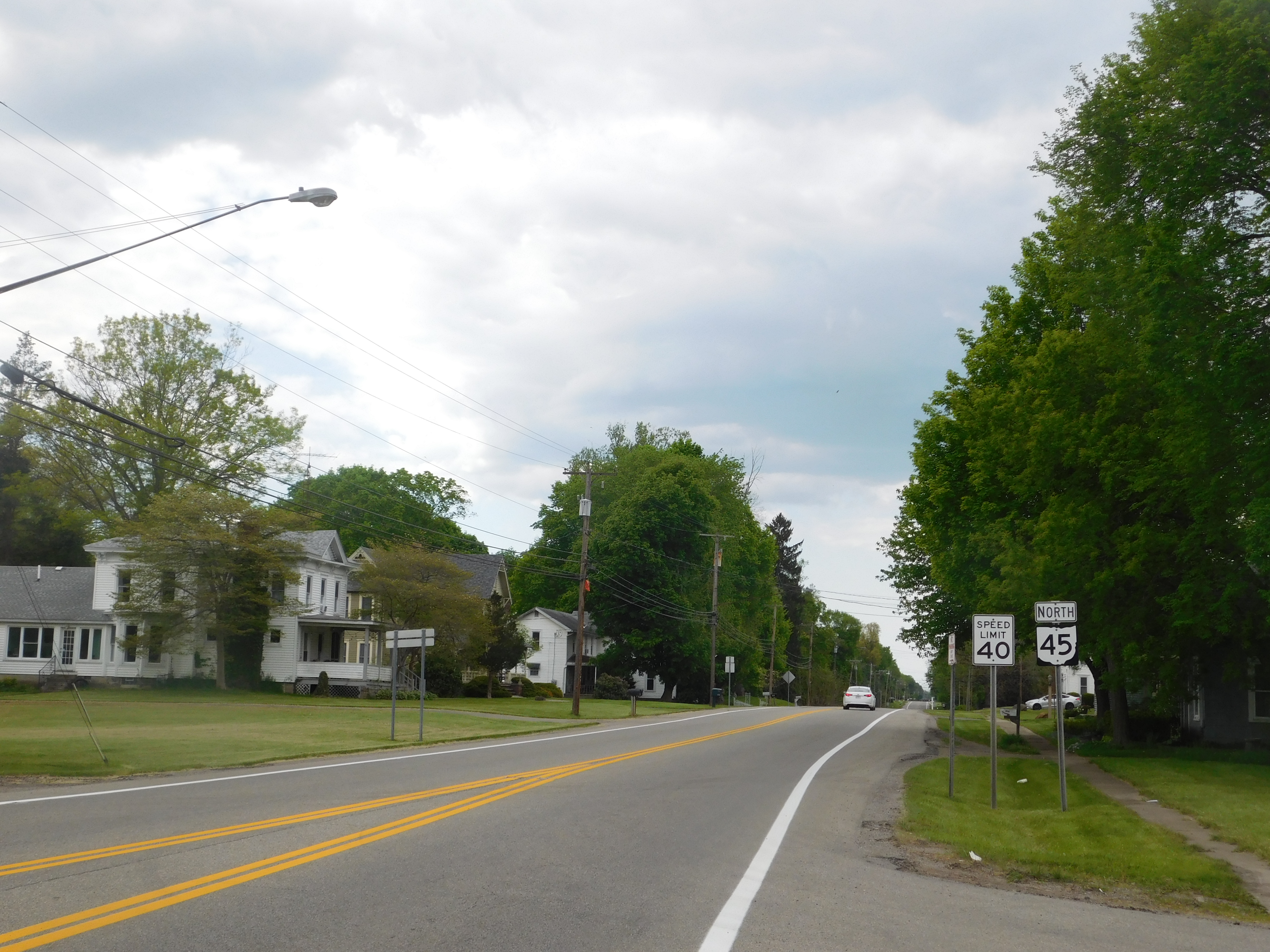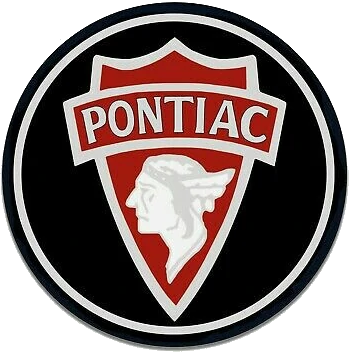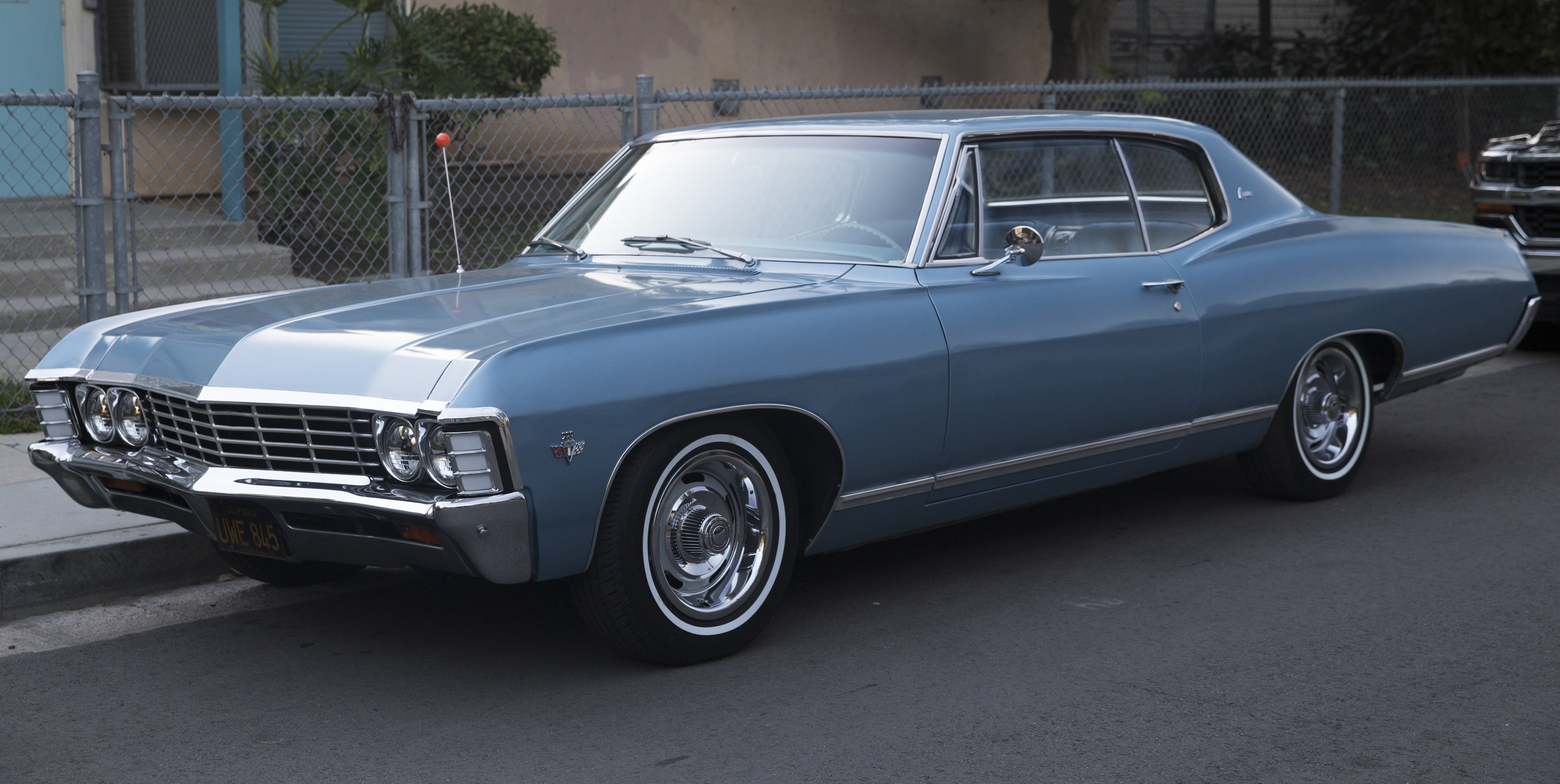|
Lordstown Assembly
The Lordstown Complex is a factory building and automotive manufacturing plant in Lordstown, Ohio, U.S. Lordstown is an industrial suburb of Youngstown, Ohio. It was a General Motors automobile factory from 1966 to 2019, comprising three facilities: Vehicle Assembly, Metal Center, and Paint Shop. Lordstown was opened to build compact cars for Chevrolet, the Vega/Monza, Cavalier, Cobalt, Cruze, and their rebadged variants, mostly for Pontiac. The plant also built the Chevrolet van and its GMC (automobile), GMC variant (Handi-Bus/Handi-Van, Rally Van and Vandura) until 1995. In November 2019, the plant was sold to Lordstown Motors which plans to manufacture the Lordstown Endurance electric pickup truck there. In 2022, Foxconn purchased the plant. It plans to manufacture the Lordstown Endurance and the Fisker Pear there. History Early years Originally farmland owned by a local resident, a representative for GM purchased the property in 1955 on GM's behalf, but at the time woul ... [...More Info...] [...Related Items...] OR: [Wikipedia] [Google] [Baidu] |
Ohio State Route 45
State Route 45 (SR 45) is a north–south state highway in the northeastern portion of the U.S. state of Ohio. Its southern terminus is at the State Route 7/ State Route 39 concurrency in Wellsville, and its northern terminus is at State Route 531 about west of Ashtabula. History *1924 – Original route established;Explanation of the Ohio State Highway System (The Unofficial Ohio State Highways Web Site) by John Simpson originally routed from to along its current route from Lisbon to 1½ miles south of [...More Info...] [...Related Items...] OR: [Wikipedia] [Google] [Baidu] |
Pontiac (automobile)
Pontiac or formally the Pontiac Motor Division of General Motors, was an American automobile brand owned, manufactured, and commercialized by General Motors. Introduced as a General Motors companion make program, companion make for GM's more expensive line of Oakland Motor Car Company, Oakland automobiles, Pontiac overtook Oakland in popularity and supplanted its parent brand entirely by 1933. Sold in the United States, Canada, and Mexico by GM, in the hierarchy of GM's five divisions, it was slotted above Chevrolet, but below Oldsmobile, Buick, and Cadillac. Starting with the 1959 models, marketing was focused on selling the lifestyle that the car's ownership promised rather than the car itself. By emphasizing its "Wide Track" design, it billed itself as the "performance" division of General Motors, which "built excitement." Facing financial problems and restructuring efforts, GM announced in 2008 financial crash, 2008 that it would follow the same path with Pontiac as it had ... [...More Info...] [...Related Items...] OR: [Wikipedia] [Google] [Baidu] |
Conversion Van
A conversion van is a full-sized cargo van that is sent to third-party companies to be outfitted with various luxuries for road trips and camping. It can also mean a full-size passenger van in which the rear seating have been rearranged for taxis, school buses, shuttle buses, and limo purposes in place of a family van. Other conversions include bespoke fitting services to be undertaken to make the load area of light commercial vehicles suitable for industrial work. This includes various things such as racking systems for the storage of tools and goods so they can be kept safe and utilise the full storage capability of the vehicle. History Conversion vans came into style during the 1960s. Early conversions were considered camping vans, some having pop tops or fixed fiberglass bubble tops. They sported gas stoves, places to sleep, tables, carpet, lights etc. Later in the 70's often with murals painted along the sides, portal and other shaped windows. After the mid 80s, ... [...More Info...] [...Related Items...] OR: [Wikipedia] [Google] [Baidu] |
Pontiac Firebird
The Pontiac Firebird is an American automobile that was built and produced by Pontiac from the 1967 to 2002 model years. Designed as a pony car to compete with the Ford Mustang, it was introduced on February 23, 1967, five months after GM's Chevrolet division's platform-sharing Camaro. This also coincided with the release of the 1967 Mercury Cougar, Ford's upscale, platform-sharing version of the Mustang. The name "Firebird" was also previously used by GM for the General Motors Firebird in the 1950s and early 1960s concept cars. First generation (1967–1969) The first generation Firebird had characteristic Coke bottle styling shared with its cousin, the Chevrolet Camaro. Announcing a Pontiac styling trend, the Firebird's bumpers were integrated into the design of the front end, giving it a more streamlined look than the Camaro. The Firebird's rear "slit" taillights were inspired by the 1966–1967 Pontiac GTO and Pontiac Grand Prix. Both a two-door hardtop and a conver ... [...More Info...] [...Related Items...] OR: [Wikipedia] [Google] [Baidu] |
GM F Platform
The F platform, or F-body, was General Motors' rear-wheel drive pony car automobile platform from 1967 until 2002. It was based partially on the GM X platform, which was used for compact applications instead of the sporting intent of the F-Body. The only two vehicles to have been built using the F-Body platform are the Chevrolet Camaro and the Pontiac Firebird. The fourth character in the Vehicle Identification Number for an F-body car is "F" on model year 1985 and up vehicles. Earlier Camaros and Firebirds had differing VIN codes, but are now commonly referred to as F-bodies. First generation (1967–1969) The first F-body cars were produced in 1966 for the 1967 model year, as GM's response to the Ford Mustang and later the Mercury Cougar. Originally designed strictly as the platform for the Camaro, Pontiac engineers were given a short amount of time prior to the Camaro's release to produce a version that matched their corporate styling as well. The F-Body was available as both ... [...More Info...] [...Related Items...] OR: [Wikipedia] [Google] [Baidu] |
Chevrolet Biscayne
The Chevrolet Biscayne was a series of full-size cars produced by the American manufacturer Chevrolet between 1958 and 1975. Named after a show car displayed at the 1955 General Motors Motorama, the Biscayne was the least expensive model in the Chevrolet full-size car range (except the 1958-only Chevrolet Delray). The absence of most exterior and fancy interior trimmings remained through the life of the series, as the slightly costlier Chevrolet Bel Air offered more interior and exterior features at a price significantly lower than the top-of-the-line Impala and Caprice. The Biscayne was named after Biscayne Bay, near Miami, Florida, following a trend by Chevrolet at the time to name cars after coastal cities or beaches such as the Bel Air and the later Chevrolet Malibu. Overview Biscaynes were produced primarily for the fleet market, though they were also available to the general public — particularly to those who wanted low-cost, no-frills transportation with the convenience ... [...More Info...] [...Related Items...] OR: [Wikipedia] [Google] [Baidu] |
Chevrolet Bel Air
The Chevrolet Bel Air is a full-size car produced by Chevrolet for the 1950–1975 model years. Initially, only the two-door hardtops in the Chevrolet model range were designated with the Bel Air name from 1950 to 1952. With the 1953 model year, the Bel Air name was changed from a designation for a unique body shape to a premium level of trim applied across a number of body styles. The Bel Air continued with various other trim level designations, and it went from a mid-level trim car to a budget fleet sedan when U.S. production ceased in 1975. Production continued in Canada, for its home market only, through the 1981 model year. The Chevrolet Bel Air, especially its third generation design, has been considered an icon of the 1950s. Well-maintained and preserved examples are highly sought after by car collectors and enthusiasts. History First generation (1950–1954) From 1950 to 1952, the Bel Air Sport Coupe name was used only for the two-door hardtops in the Chevrolet model ... [...More Info...] [...Related Items...] OR: [Wikipedia] [Google] [Baidu] |
Chevrolet Impala
The Chevrolet Impala () is a full-size car built by Chevrolet for model years 1958 to 1985, 1994 to 1996, and 2000 to 2020. The Impala was Chevrolet's popular flagship passenger car and was among the better-selling American-made automobiles in the United States. For its debut in 1958 the Impala was distinguished from other models by its symmetrical triple taillights. The Chevrolet Caprice was introduced as a top-line Impala Sport Sedan for model year 1965, later becoming a separate series positioned above the Impala in 1966, which, in turn, remained above the Chevrolet Bel Air and the Chevrolet Biscayne. The Impala continued as Chevrolet's most popular full-sized model through the mid-1980s. Between 1994 and 1996 the Impala was revised as a 5.7-liter V8–powered version of the Chevrolet Caprice Classic sedan. In 2000, the Impala was reintroduced again as a mainstream front-wheel drive car.The editors of Consumer Guide As of February 2014, the 2014 Impala ranked No. 1 among Af ... [...More Info...] [...Related Items...] OR: [Wikipedia] [Google] [Baidu] |
Chevrolet Caprice
The Chevrolet Caprice is a full-sized automobile produced by Chevrolet in North America for the 1965 to 1996 model years. Full-size Chevrolet sales peaked in 1965 with over a million sold. It was the most popular car in the U.S. in the 1960s and early 1970s, which, during its lifetime, included the Biscayne, Bel Air, and Impala. Introduced in mid-1965 as a luxury trim package for the Impala four-door hardtop, Chevrolet offered a full line of Caprice models for the 1966 and subsequent model years, including a "formal hardtop" coupe and an Estate station wagon. The 1971 to 1976 models are the largest Chevrolets ever built. The downsized 1977 and restyled 1991 models were awarded ''Motor Trend'' Car of the Year. Production ended in 1996. From 2011 to 2017, the Caprice nameplate returned to North America as a full-size, rear wheel drive police vehicle, a captive import from Australia built by General Motors's subsidiary Holden—the police vehicle is a rebadged version of the ... [...More Info...] [...Related Items...] OR: [Wikipedia] [Google] [Baidu] |
Full-size Car
Full-size car—also known as large car—is a vehicle size class which originated in the United States and is used for cars larger than mid-size cars, it is the largest size class for cars. In Europe, it is known as E-segment or F-segment. After World War II, the majority of full-size cars have used the sedan and station wagon body styles, however in recent years most full-size cars have been sedans. The highest-selling full-size car nameplate is the Chevrolet Impala, sold as a full-size car from 1958 to 1986, 1994 to 1996, and from 2000 to 2020. Current definition The United States Environmental Protection Agency (EPA) ''Fuel Economy Regulations for 1977 and Later Model Year'' (dated July 1996) includes definitions for classes of automobiles. Based on the combined passenger and cargo volume, ''large cars'' (full-size cars) are defined as having an ''interior volume index'' of more than for sedan models, or for station wagons. Engines From the introduction of the Ford Fl ... [...More Info...] [...Related Items...] OR: [Wikipedia] [Google] [Baidu] |
Willow Run Assembly
Willow Run Assembly was a General Motors automobile factory near Ypsilanti, Michigan, located at 2625 Tyler Road, in the Willow Run manufacturing complex. Willow Run Assembly consisted of an assembly plant of 2.3 million square feet, another building that was known in later years as "Willow Run Company Vehicle Operations", covering 23,000 square feet on 22 acres of land, and perhaps other parcels. Willow Run Assembly was to the south of the former Willow Run Transmission, the site of the bomber plant built by Ford in 1941. Production of automobiles began at Willow Run in 1959 with the Chevrolet Corvair; Willow Run also built the Chevrolet Nova (1962-1979), the X-bodies (1980-1985), the GM H body, and the Chevrolet Caprice. Corvairs were assembled at Willow Run during the car's entire 10-year production run. On May 14, 1969, the media was invited to Willow Run as the last Corvair came down the line; a departure from GM's policy of not permitting reporters to visit their manufactu ... [...More Info...] [...Related Items...] OR: [Wikipedia] [Google] [Baidu] |
Chevrolet Task Force
The Task Force is a light and medium duty truck series by Chevrolet, their first major redesign since 1947. Its GMC counterpart was the GMC Blue Chip series. It was billed as being more stylish compared to the earlier Advance Design Series while still maintaining its rugged durability. First available on March 25, 1955, these trucks were sold with various minor changes over the years until 1959, when the C and K Series trucks replaced the Task Force models for 1960. History GM redesigned their truck line for the 2nd half of 1955, but sold both designs that year; the older design became known as the 1st series, and the newer design as the 2nd Series. Commercial trucks and various other heavy duty models were also available. Chevrolet and GMC named their new series independently. The cousins were differentiated by running gear and interiors; Chevrolet used Chevrolet engines, and GMC used GMC inline Sixes and Pontiac V8s (Oldsmobile V8s in the Heavy-Duty trucks). For the ... [...More Info...] [...Related Items...] OR: [Wikipedia] [Google] [Baidu] |




.jpg)



.jpg)